
A day of jawdrops
October 22nd, 2012
Little did I know, waking up this morning in a foul mood, that it was going to be a three-lifer day and my mood was going to get entirely turned on its head.
One lifer was this little guy:

A Northern Saw-Whet Owl. And I do mean little. At 7-8 inches tall, shorter than a red-winged blackbird, this is the smallest owl in eastern North America. (Smaller ones still occur out west, including the ~5 inch Elf Owl that nests in cactuses.) For comparison, the common Great Horned Owl is up to two feet tall.
I was searching for this bird, having heard about him from another birder on the trail. I have chickadees to thank for finding him. You've probably heard the chickadee-dee-dee call before. When there are only a few "dees" to a "chick", it's just a standard "heads up" that can be used for any number of reasons (including "hey, a human is here. Lets see if she'll feed us.") But when you hear something more like "chickadee-dee-dee-dee-dee-dee-dee", it means there's a raptor around. A recent study showed that the more dees there are, the more threatened the chickadee feels. A small raptor like a Saw-Whet Owl, just the right size for catching and eating a tiny chickadee, is a major threat indeed. So when I heard a "chick" followed by ten "dees", I figured I was getting warm.
I've read that when chickadees make these calls, it's a call to arms. They're inviting other chickadees to join forces, mob the raptor and drive it away. (If the raptor is currently in flight and thus a present danger, the calls are different: very high pitched peeps that mean "lay low, guys.") But I'd never seen this in action before. I'd seen crows mob, blue jays mob, but I'd never seen chickadees do anything more than make noise. Until now. Suddenly the calls became louder, faster, more insistent--like a chickadee war whoop--and then they converged on a tree and started hopping up through the branches. I looked up to where they seemed to be headed, and there he was, sleeping away! He blinked groggily as the chickadees surrounded and fussed at him, then nodded off again. I would have liked to get a shot of him with his cute googly eyes wide open, but was unwilling to disturb his sleep to do it.
Unfortunately, owls at known roosts face a lot of harassment from unscrupulous photographers. For this reason I'm not publicizing the location.
Continued in next post!
Indian summer
October 18th, 2012
In a matter of a few days, we went from flurries to t-shirt weather! And guess who came out to bask in the sun?
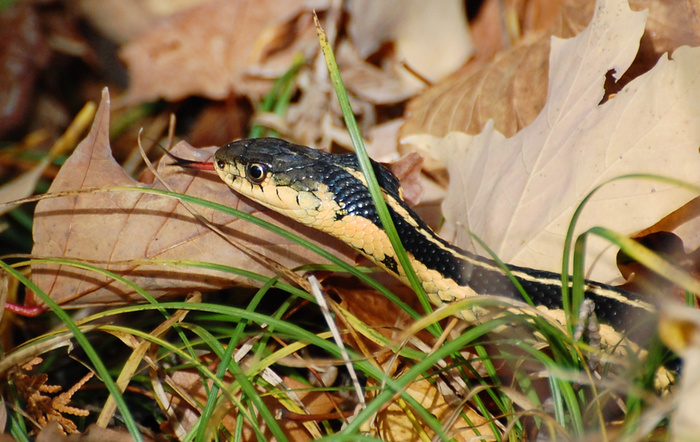
1680x1050 wallpaper
Diners at Shirley's Bay
October 12th, 2012
A few recent customers at the Shirley's Bay feeders on Hilda Road.

1680x1050 wallpaper
White-Crowned Sparrows are migrating through right now. I think they are one of North America's most handsome sparrows. We only see them in Ottawa in spring and fall--they breed well north of us.
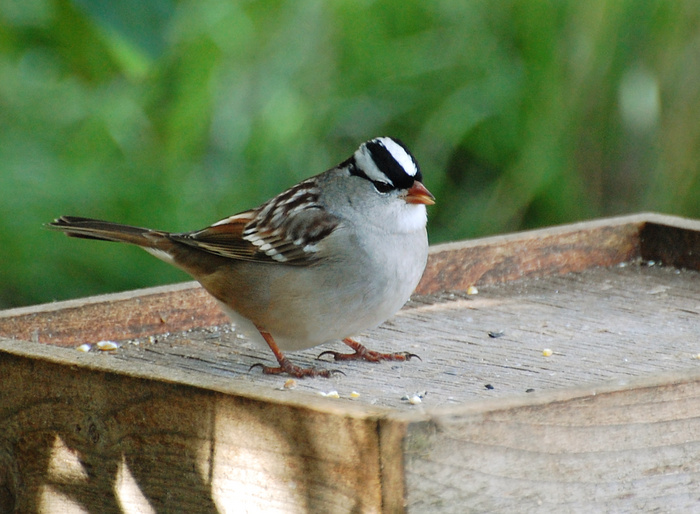
"Seriously, this is it? This is the famous Shirley's Bay bird smorgasbord?"

"Oh...you mean this was for the birds?"
( More (White-Breasted Nuthatch, White-Throated Sparrow) )
Pileated Woodpecker and fall colors
October 11th, 2012
It's been awhile since I've posted one of these. The fall colors at Jack Pine Trail made for a lovely backdrop.
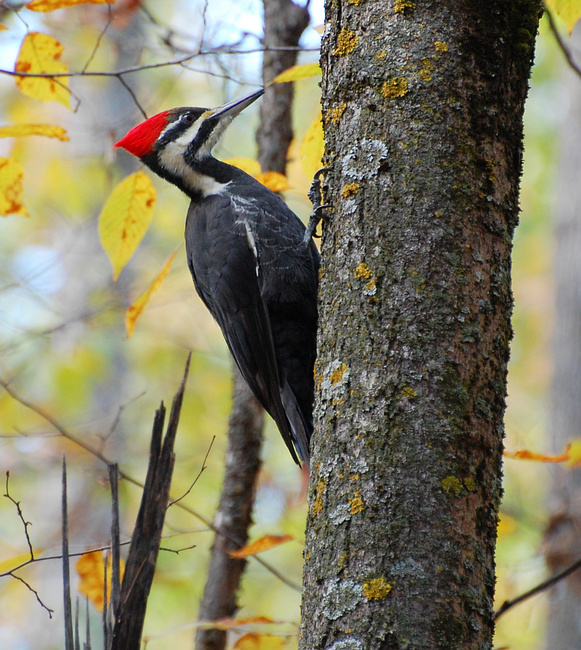
1680x1050 wallpaper
Pink Lake
August 22nd, 2012
Took my mom hiking at Pink Lake in the Gatineau, and took the landscape lens along for a change.

1680x1050 wallpaper
Under the right conditions, Pink Lake is a deep, turquoise green, like something you'd expect to see in the tropics. It can be hard to capture the color on camera (my camera anyway), but it did come out in this one:
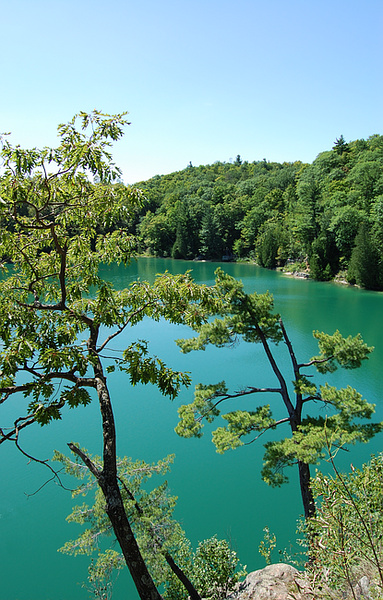
Trivia courtesy of www.canadascapital.gc.ca:
"With no oxygen at the bottom of Pink Lake, there is only one organism that lives in its depths--an anaerobic prehistoric organism. It is a pink photosynthetic bacterium that uses sulphur instead of oxygen when it transforms sunlight into energy.
Pink Lake is also home to the three-spined stickleback fish, a saltwater fish left behind by the Champlain Sea that used to cover the region. This little saltwater fish adapted to the lake's gradual desalination and today lives in the lake's fresh water."
Contentment
July 30th, 2012

1680x1050 wallpaper
White-Faced Meadowhawk
July 24th, 2012
Meadowhawks are the small, cherry-red dragonflies that appear in abundance in late summer. This is one of the most common ones.
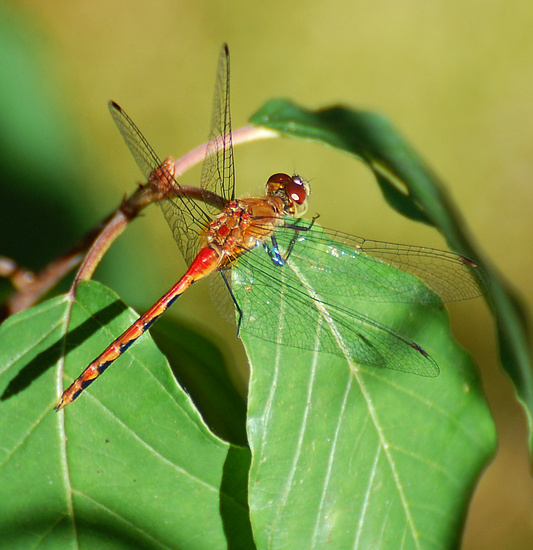
The second picture is an interesting action shot. The meadowhawk appeared to be eating some sort of pupa, a tiny cocoon no larger than its own head!
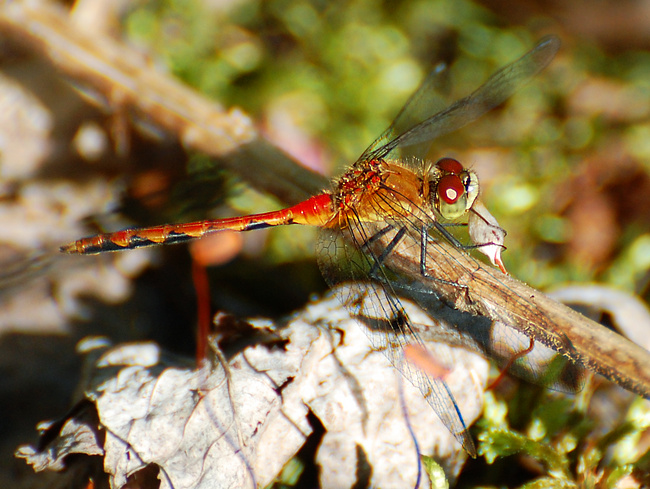
Amber on violet
July 16th, 2012
European Skippers, an introduced species. These pretty skippers can be very abundant during their flight time. The flowers they're nectaring on, cow vetch, are also a European import.

A youngster in the meadow
July 14th, 2012
Found this darling off Watts Creek Trail last week.
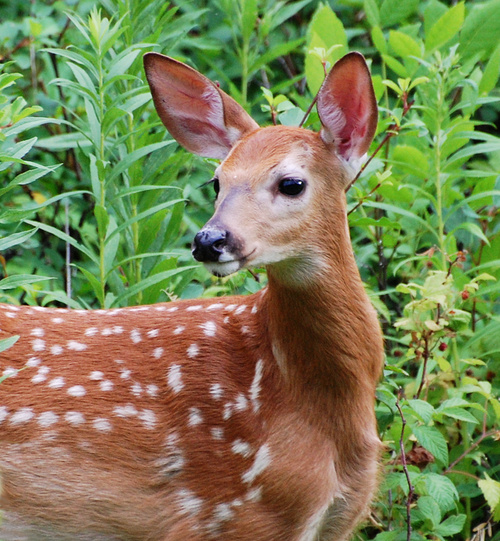
1680x1050 wallpaper
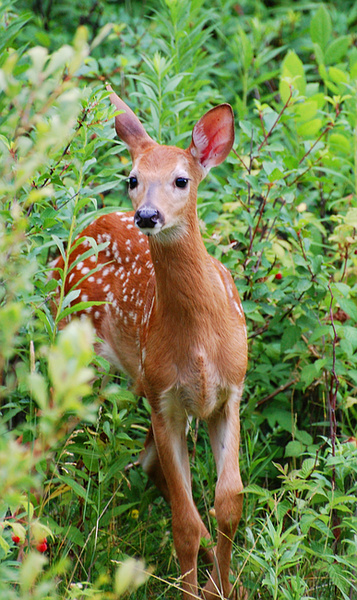
A shot with mom:

Watts Creek Trail
July 11th, 2012

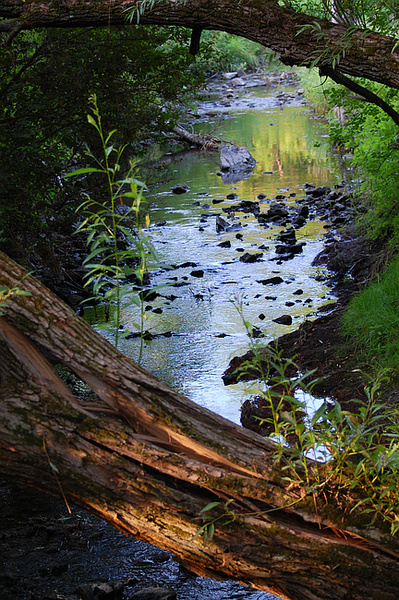
|
